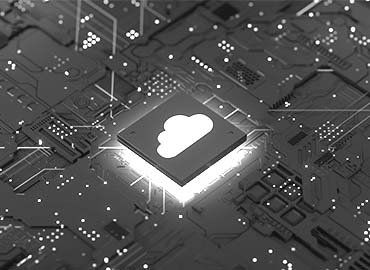Cloud Assessment
Benefit from Fortray's Cloud Assessment services designed to align your business goals with the optimal cloud solutions. Our experts conduct a comprehensive analysis, ensuring a seamless transition and maximizing the benefits of cloud technology.
Cloud Assessment
Benefit from Fortray's Cloud Assessment services designed to align your business goals with the optimal cloud solutions. Our experts conduct a comprehensive analysis, ensuring a seamless transition and maximizing the benefits of cloud technology.
Cloud Assessment
Benefit from Fortray's Cloud Assessment services designed to align your business goals with the optimal cloud solutions. Our experts conduct a comprehensive analysis, ensuring a seamless transition and maximizing the benefits of cloud technology.
Cloud Assessment
Benefit from Fortray's Cloud Assessment services designed to align your business goals with the optimal cloud solutions. Our experts conduct a comprehensive analysis, ensuring a seamless transition and maximizing the benefits of cloud technology.
Cloud Assessment
Benefit from Fortray's Cloud Assessment services designed to align your business goals with the optimal cloud solutions. Our experts conduct a comprehensive analysis, ensuring a seamless transition and maximizing the benefits of cloud technology.




















